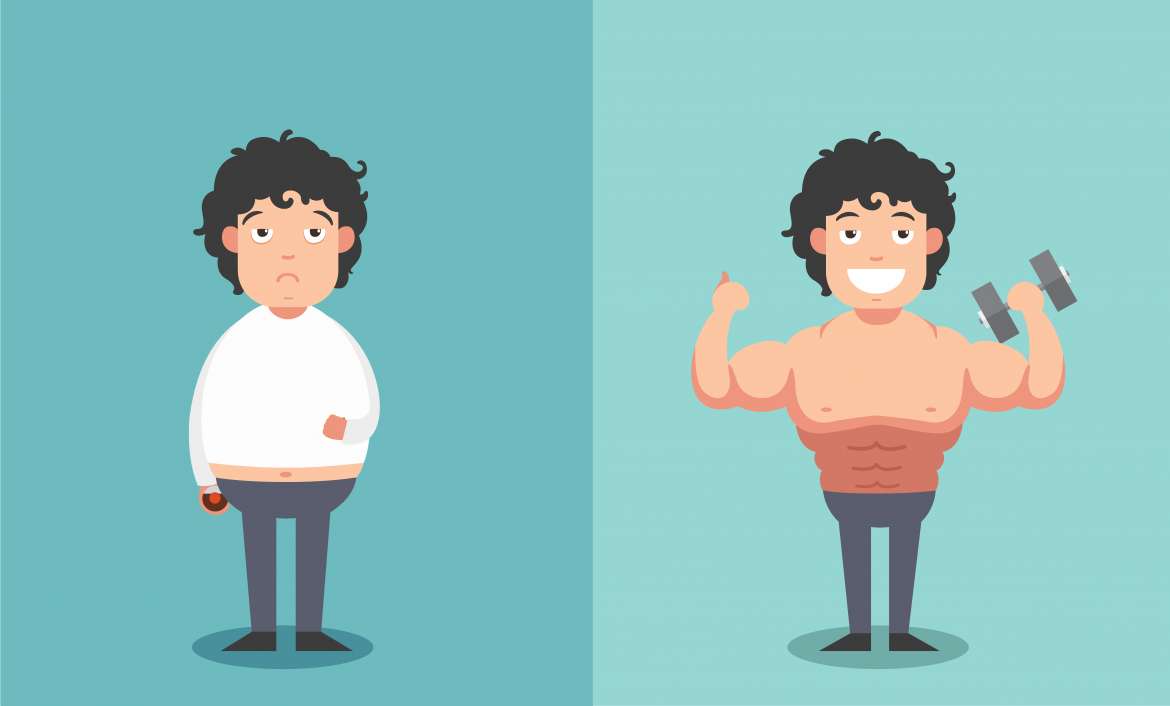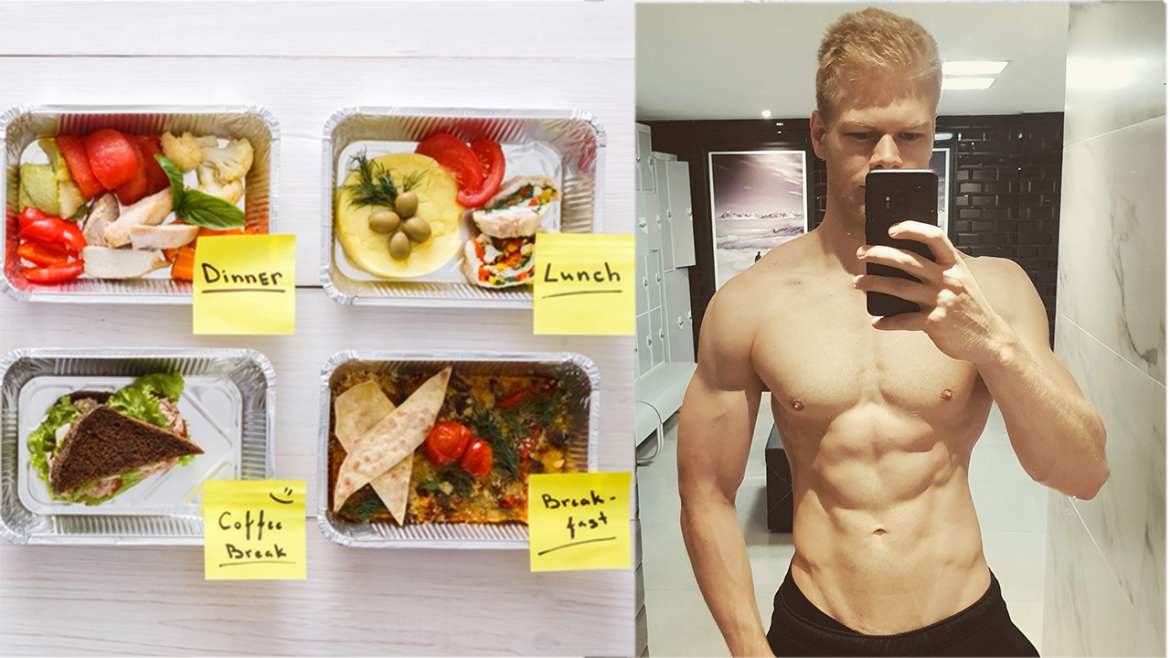Muscle growth is a fascinating subject and chances are you want some yourself. You probably know that to get your body to build new muscle tissue a few things need to happen.
Most importantly you need to create a stimulus for example through weight training and you also need to provide your body with the building blocks to create new muscle tissue, like calories and enough protein.
But what exactly happens in your body when you have these things covered?
We know from studies that skeletal muscle tissue is the most adaptable tissue in the human body and even though we still haven’t figured out every last aspect of muscle growth it is a well-researched topic that can help you improve your fitness routine.
So to help you understand the whole process, we have to start with the basics:
Your muscles don’t actually grow during your workout. Instead, you overload them and damage the muscle fibers. Afterwards, when you rest your body repairs damaged muscle fibers through a cellular process called myofibrillar hypertrophy where it fuses muscle fibers together which in turn will not only lead to thicker muscle tissue but also more muscle fibers.
With this in mind, muscle growth can actually be achieved in three different ways:
The 3 Ways To Achieve Muscle Growth
1. Progressive Tension Overload
This is the most straightforward way. All you do is increase the tension placed on your muscle fibers over time. What this means is that to grow muscle through progressive overload you have to try lifting heavier and heavier weights over time.
2. Muscle Damage
Muscle damage means that you actually damage muscle fibers during your training and your body will then want to repair and adapt these damaged fibers to better deal with future stress.
This muscle damage, or more specifically the release of release of inflammatory molecules, is also what will make you feel sore after a workout.
3. Metabolic Stress
And lastly, metabolic stress which we all know as “the pump”. Mainly, what happens is that metabolic stress causes cells around the muscle to swell and this effect alone can help with muscle growth even though it doesn’t directly increase the size of the muscle cells. This last type of growth is also known as sarcoplasmic hypertrophy.
Which Is Best?
Of these three muscle-building strategies, the most effective is progressive overload so always make sure you increase your weights over time. Many beginners make the mistake of lifting the same amount of weight over weeks and months and then wonder why they aren’t seeing any results.
Of course, another vital aspect of muscle growth that I have left out so far is rest. Unless you give your body time to rest and recover, you will not only gain less muscle but will also feel burned out and get sick a lot quicker.
Depending on how intense you exercise, you might need a few hours to several days to give each muscle group enough time to recover and compensate for the tissue damage caused by your training.
The most important aspect of rest is getting enough sleep. Seven to nine hours are usually seen as ideal for most people so make sure you don’t go to bed too late every night. Besides that, there are other ways of improving recovery, from massages to medication, but these are completely different topics that beginners don’t need to worry about.
So to wrap this up, to force your body to build muscle tissue you first need to break it down through concentrated tension. Your body will then adapt and overcompensate by building stronger and more muscle tissues. There are 3 different mechanisms that can achieve an increase in size, either through progressive overload, muscle damage or metabolic stress.
After your workout is over, you also want to make sure to give your body enough rest while providing the nutritional building blocks for new tissue. The most important ones are sufficient calories and protein.



